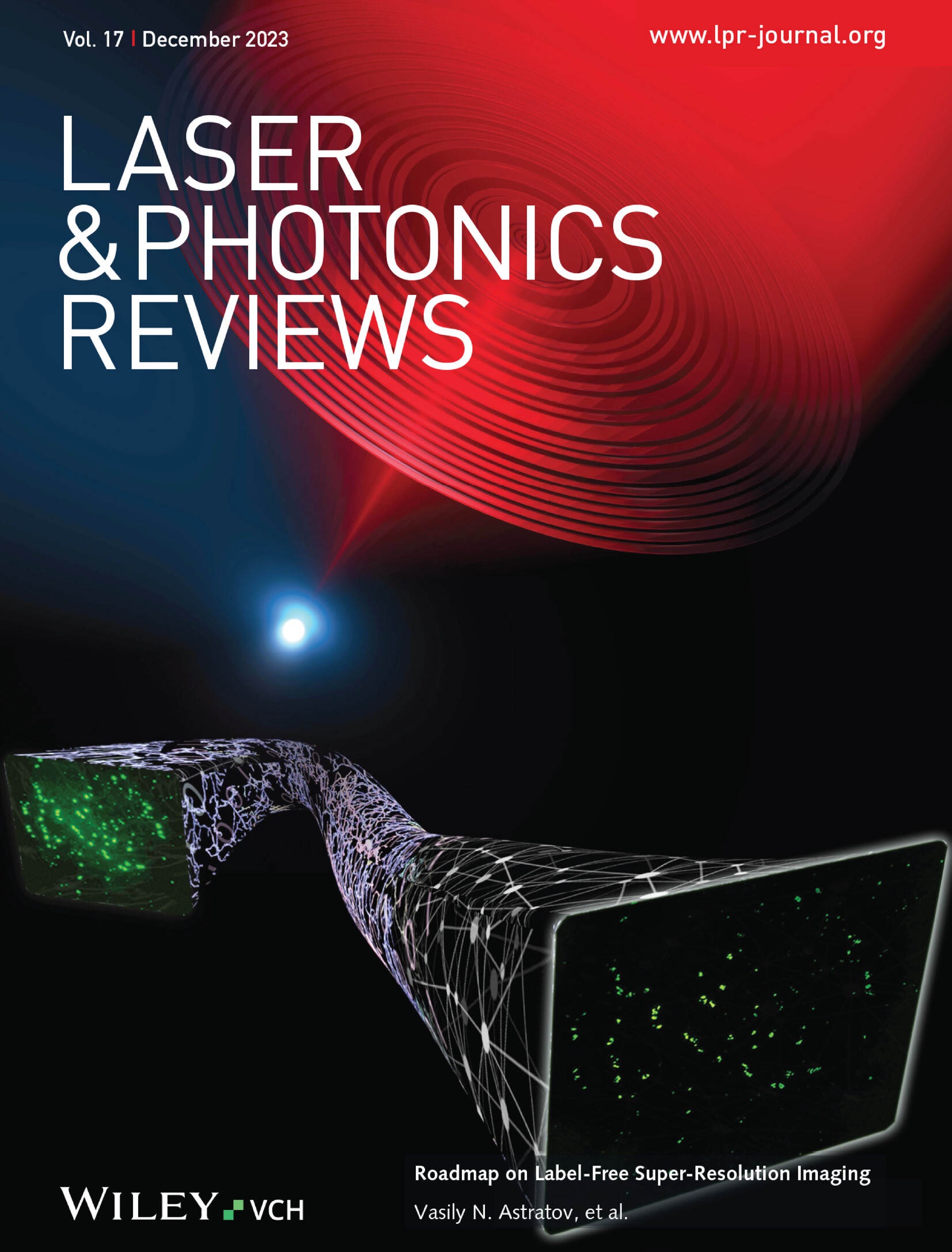Next Generation Biophotonics Technologies for Clinical Applications in Detecting Gastric Cancer: A Comprehensive Review
IF 9.8
1区 物理与天体物理
Q1 OPTICS
引用次数: 0
Abstract
Gastric cancer (GC) is a major global health concern, ranking as the fifth most common malignancy and one of the leading causes of cancer‐related deaths worldwide. This comprehensive review centers on the progress in biophotonics technologies for the early detection of GC over the last decade, aiming to address the constraints posed by traditional endoscopic tools and proteomics analytical methods for the detection. Herein, an array of diverse techniques such as, narrow band imaging, confocal laser endomicroscopy, Raman spectroscopy, surface enhanced Raman spectroscopy, Fourier transform infrared spectroscopy, diffuse reflectance spectroscopy, fluorescence spectroscopy, optical coherence tomography, polarization optical spectroscopy and other technologies are reviewed and their relative merits and demerits for GC detection and diagnosis are provided by comparing their sensitivity, ease of use, and methodology in operation. This paper explores the advancements and future perspectives of technical improvements needed in biophotonics technologies for the early detection of GC. Through interdisciplinary collaboration and validation studies, biophotonics technologies are envisioned to deliver the full spectrum of benefits for all stakeholders. This is anticipated to bring about a significant improvement in the early detection of GC with the potential for widespread clinical adoption.新一代生物光子学技术在胃癌检测中的临床应用综述
胃癌(GC)是全球主要的健康问题,是全球第五大最常见的恶性肿瘤,也是全球癌症相关死亡的主要原因之一。本文综述了近十年来生物光子学技术在胃癌早期检测方面的进展,旨在解决传统内镜工具和蛋白质组学分析方法在胃癌早期检测方面的局限性。本文综述了窄带成像、共聚焦激光内窥镜、拉曼光谱、表面增强拉曼光谱、傅里叶变换红外光谱、漫反射光谱、荧光光谱、光学相干层析成像、偏振光谱等技术在气相色谱检测和诊断中的优缺点,比较了它们的灵敏度、易用性、以及操作方法。本文探讨了早期检测GC所需的生物光子学技术的进展和未来前景。通过跨学科合作和验证研究,生物光子学技术被设想为所有利益相关者提供全方位的好处。预计这将在早期发现胃癌方面带来重大改进,并有可能广泛应用于临床。
本文章由计算机程序翻译,如有差异,请以英文原文为准。
求助全文
约1分钟内获得全文
求助全文
来源期刊
CiteScore
14.20
自引率
5.50%
发文量
314
审稿时长
2 months
期刊介绍:
Laser & Photonics Reviews is a reputable journal that publishes high-quality Reviews, original Research Articles, and Perspectives in the field of photonics and optics. It covers both theoretical and experimental aspects, including recent groundbreaking research, specific advancements, and innovative applications.
As evidence of its impact and recognition, Laser & Photonics Reviews boasts a remarkable 2022 Impact Factor of 11.0, according to the Journal Citation Reports from Clarivate Analytics (2023). Moreover, it holds impressive rankings in the InCites Journal Citation Reports: in 2021, it was ranked 6th out of 101 in the field of Optics, 15th out of 161 in Applied Physics, and 12th out of 69 in Condensed Matter Physics.
The journal uses the ISSN numbers 1863-8880 for print and 1863-8899 for online publications.

 求助内容:
求助内容: 应助结果提醒方式:
应助结果提醒方式:


